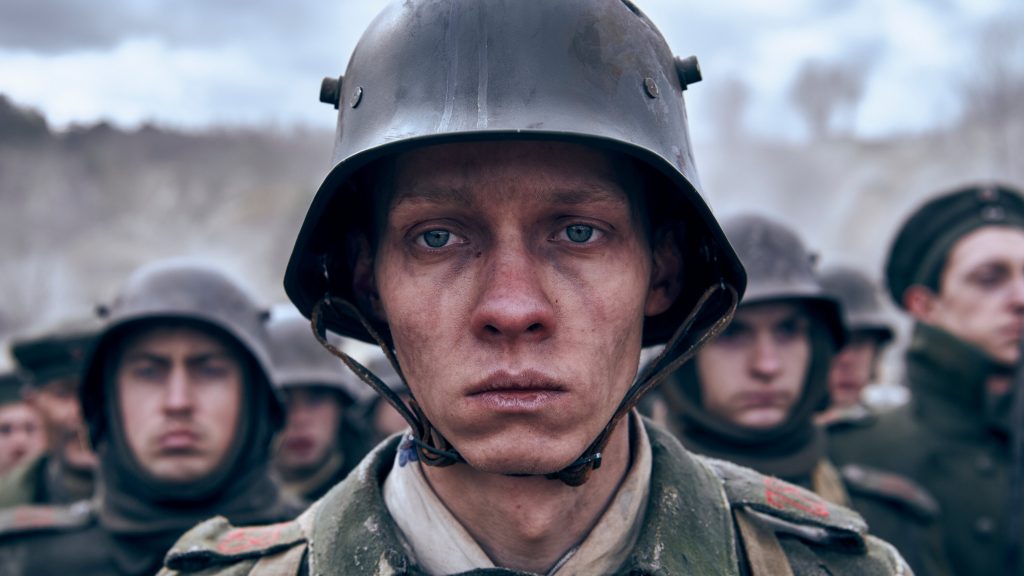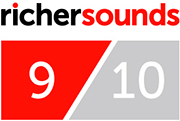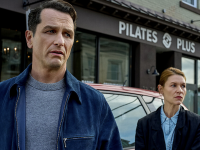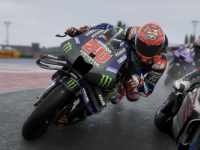
There is an old saying that “History is written by the victors”. So what does that victory look like from the other side?
Directed by Edward Berger, All Quiet on the Western Front follows the life of Paul, played by Felix Kammererv a German teenager who, along with his friends have grand patriotic ideals of winning the war and being heroes. With an initial uplifting speech at their school leading them to believe and that they will be in Paris by the winter. Their optimism and enthusiasm does deteriorate throughout the film as the horror of war exposes itself.
The storyline that makes it even more poignant is that the majority of the film is set in the final four days of the war. This ties in with the second storyline that runs parallel with the first, Matthias Erzberger played by Daniel Brühl is leading the armistice talks. His performance was a standout for me, you can see that he is really embracing the role and providing the emotion needed to portray his disparity at this waste of life and his desperation for the brutality to end. With some German commanders refusing the armistice and leading attacks at 10:45am on the 11th, this is where it does defer from the book, so I have been told. The subsequent stories do compliment each other as each makes the other more relevant.
The film is incredibly visceral and brutal, all trademarks of that first war. It isn’t overalls as gory as say Saving Private Ryan, but it certainly doesn’t hold back. It is often easy to overdo the violence in a pursuit of shock and awe. It is here when needed and often it is at a very poignant time. There are a few violent deaths that should be expected however, it is the tone that exaggerates the brutality. With one scene showing a French soldier being killed and the main character begging for forgiveness. It was a hard scene to watch not just because of its violence, but the nature of that these at the end of the day where teenage boys plucked from schools across Europe and forced into this fiery crucible.
The cinematography is breathtaking, the reality of the shots and the destitute nature of them does really hammer home the overarching theme of the film. Most of the film is set within the trenches or surrounding farmland. The use of little CGI for these set pieces only reaffirms the reality of the war, making it more realistic and humbling. It is a similar style to some films such as Dunkirk or 1917. This is down to the use of skilled camera work and high production value.
One scene in particular that stands out to me is when the tanks first appear. The are noticed at first by the tables shaking and the approaching shadows through the mist. Couple this with the score and it’s a winner. The music and sound effects really help elevate the experience, at parts it’s uplifting but these moments are sparse. What really made it special for me was the somber tone of the music, it fitted so well that omit gives the watcher a huge amount of involvement and
Overall I can highly recommend All Quiet on the Western Front… war films are hard to get right, but the balanced narrative reinforces the weight and emotions of a world living through a terrible part of our history. The fact it is from a German perspective only makes it more intriguing and enthralling, with the amazing cinematography, score and cast we get a real spectacle and one that is a rare gem. One note is to make sure you watch it it in its original language with subtitles!
It was fairly underrated on release but since it has been nominated for 9 Oscars and 14 BAFTAs. This exposure will hopefully get more people to see one of the best war films of recent times.
Author: Tom, Bath Store







